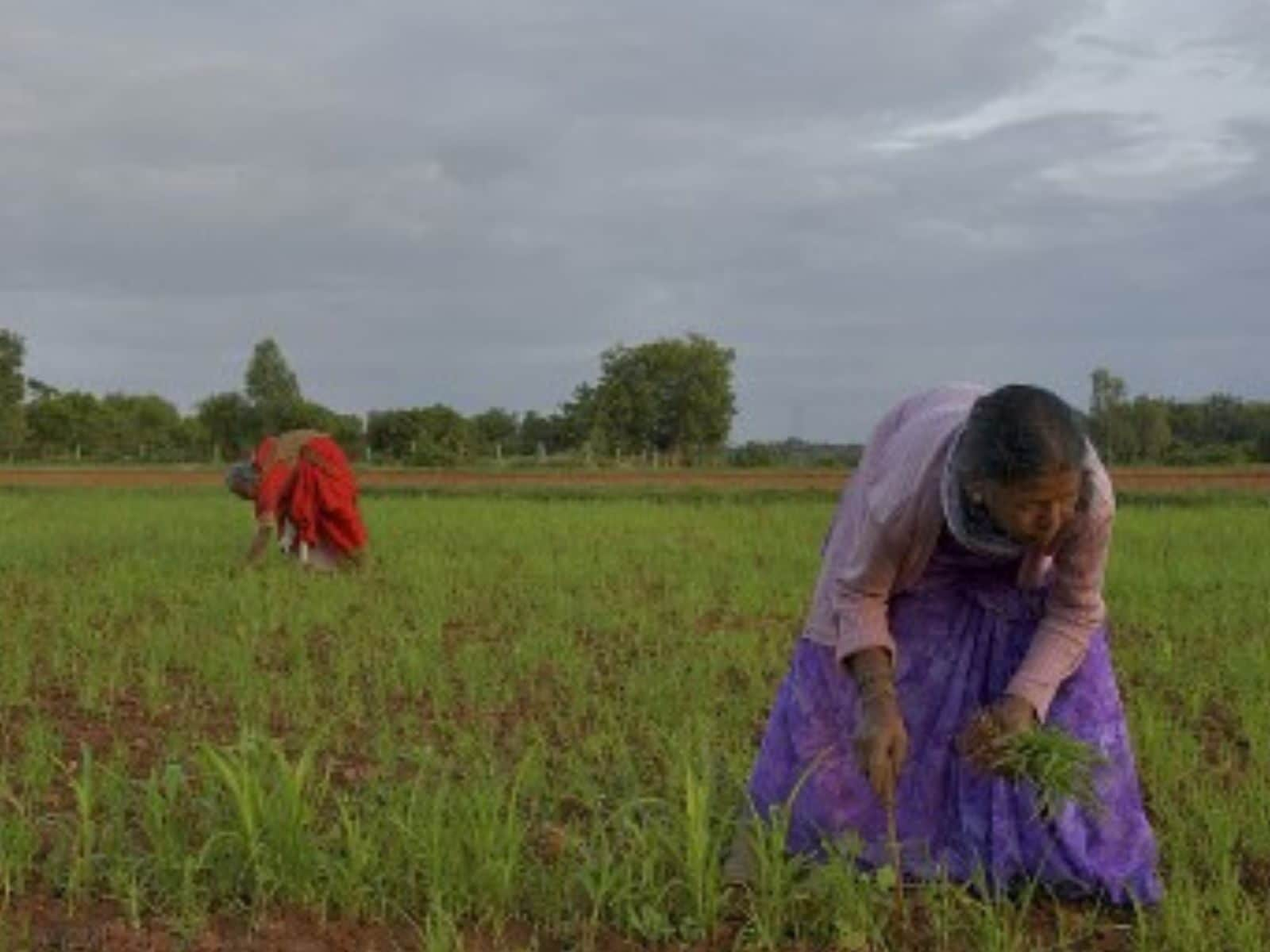Indian agriculture can be revolutionized by innovative digital solutions and farmer incomes can be improved

Indian agriculture can be revolutionized by innovative digital solutions and farmer incomes can be improved
72-year-old Vinod Sabaji Bhalerao lives in Dhis village in Rajasthan’s Alwar district and relies on rain to cultivate his crops. He spent more than 50 years of his life pondering when and how much it will rain in my village. If this year’s monsoon is successful, I will be able to sell my harvest for a profit and add a new room to my home.
Moreover, half of India’s population, or 700 million people, is directly or indirectly dependent on agriculture. Small farm sizes, the whims of the monsoon, and unstable access to markets for agricultural input and output are just a few of the limitations faced by Indian farmers. The knowledge gap that farmers work in is a significant issue that frequently goes unmentioned in this conversation. Contrary to common assumption, farming requires a high level of technical skill and frequently requires decision-makers to weigh several factors and little information.
What is the ideal distance, for instance, between two plants on my farm? Which tomato seed type would grow the best in the soil on my farm? On my farm, should I use a specific agrochemical today, or is next week preferable? These seemingly insignificant choices can have a significant impact on the farmers‘ ability to earn a fair return during the growing season. Why should farming be any different when so many professions in today’s world have embraced technology and heavily rely on data for better decision-making?
Solutions for agriculture using digital technology
According to estimates, 30 million farmers use cell phones now, and many of them access social media and other frequently used websites. Offering cutting-edge digital solutions to farmers is now simpler than ever thanks to widespread high-speed internet access in rural India and rising smartphone use among farmers.
Farmers have three different needs for information and help while making decisions: proactive, reactive, and strategic. Day-by-day crop growth plans are an example of proactive decisions. These plans are often pre-configured depending on factors like soil type and nutrition, crop variety, sowing date, irrigation resources, farm size, etc.
Decisions that are made in reaction to a change in a dynamic parameter, such as the weather, an insect infestation, or a fungus assault, are frequently the most time-sensitive. Complex decisions like what crop to produce, which type to cultivate, and when to start sowing are examples of strategic decisions.
Several businesses and startups are starting to take advantage of this potential by offering technology solutions that assist farmers in making decisions. A few firms have created straightforward software for proactive solutions that provide farmers with a step-by-step crop plan that is unique to their plot. The important thing is to make sure the plan takes into account all the specifics that make a farm distinctive. Of course, every farm is different, and a variety of things might influence the crop plan.
By analyzing a snapshot uploaded by a farmer from their mobile phone, apps for reactive solutions can quickly identify a plant condition like a pest assault or a fungal infection. Strategic choices, however, are one area where digital solutions are now scarce on the market. To help farmers with difficult decisions like what crop to produce, players will need to have significant technical skills.

Farm yields have been shown to increase by as much as 15–25% over the course of a single season when farmers have used these digital solutions, which is encouraging. The potential exists for yields to double over the course of three to five years if these solutions are used continuously. Additionally, using digital technologies can boost quality and enable farmers to get paid more per ton of produce. It is feasible to see increases of 500 basis points in the percentage of the crop that is of a better grade of quality.
Finally, by maximizing the amount and timeliness of the agri-inputs utilized on a farm, certain instances of digital solutions have also assisted in lowering the overall cost of farming.
The way ahead

Digital solutions can significantly enhance farm productivity and enable a significant portion of India’s people to improve their standard of living. But three factors are required for this to happen. First, farmers should come first in digital solutions, and everyone involved should put in a lot of effort to gain and keep their respect. Experts should properly evaluate and scientifically confirm crop plan suggestions, and they should also convey to farmers the dangers involved in straightforward and simple terms.
Second, it’s critical to work quickly to develop the human capital required to realize this goal. We will require a number of top-tier agricultural scientists, seasoned and field-trained agronomists, engineers, and machine learning experts who possess the empathy necessary to fully comprehend the particular environment in which an Indian farmer operates. Thirdly, this calls for coordinated action. To do this, the private sector—including major agribusinesses, technological behemoths, and burgeoning startups—should collaborate with the governmental sector.

Institutions in the public sector include the Indian Council of Agriculture Research, state agricultural universities, the Union’s department of agriculture, and numerous state governments that house a wealth of information. Agriculture might be revolutionized by digital solutions, which would also significantly raise Indian farmers’ wages. As we have a once-in-a-lifetime chance to change the lives of millions of Indians, it is essential that all stakeholders work together to make this vision a reality.
edited and proofread by nikita sharma




